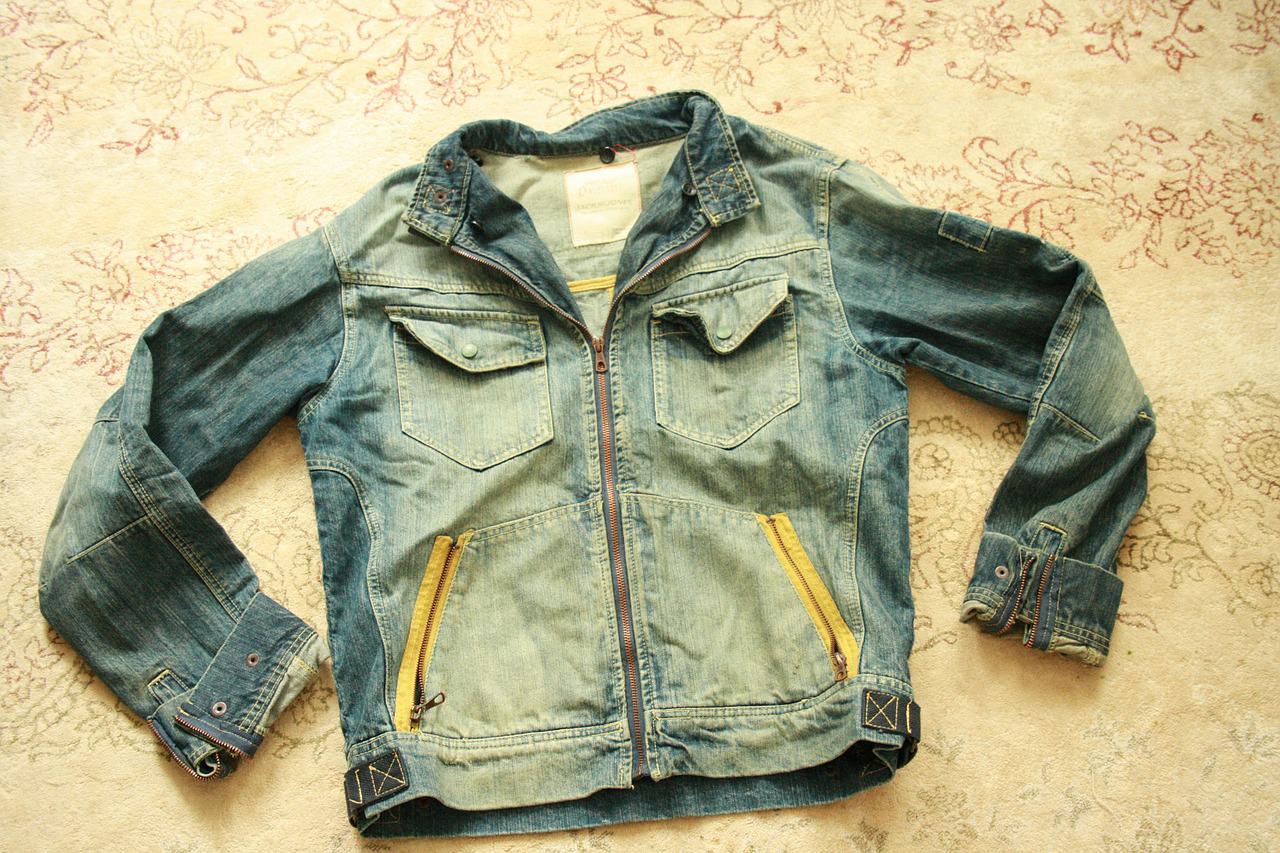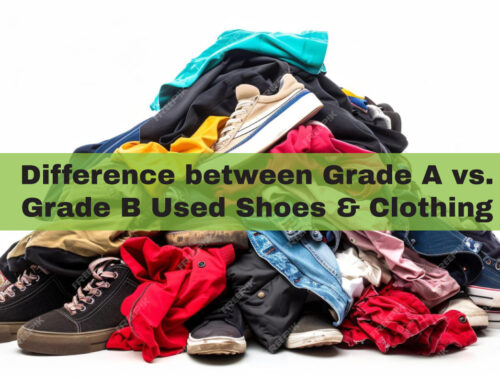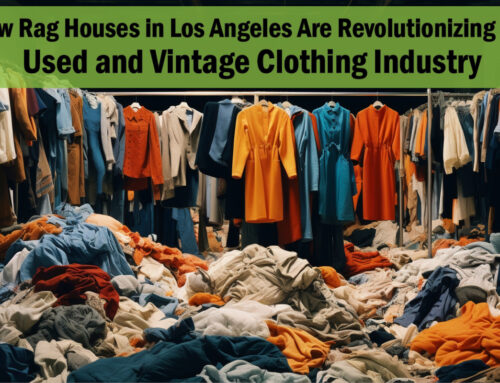Fast fashion focuses on rapidly producing high volumes of clothing, but at a considerable cost to the environment. It uses cheap materials and manufacturing methods and cannot even be recycled since it is mostly made of synthetic fabric. The European Union has put the brakes on fast fashion by demanding textiles be eco-friendly and long-lasting. Environmentally conscious consumers are already switching to used clothing to minimize the environmental impact of fast fashion.
What do the new EU regulations mean for clothing companies?
Companies selling fast fashion have profited enormously by manufacturing new clothes in large amounts using cheap and non-recyclable materials. However, that would no longer be possible in the EU. Now manufacturers would need to prove the eco-credentials and the longevity of everything they intend to sell in the European Union. Regulators hope that by 2030, only recyclable and long-lasting materials will be brought to the European market.
The new regulation also aims to educate buyers. Consumers will now have better access to information regarding repairing and reusing clothing, recycling clothes, and more. Such information will empower consumers with knowledge helping them make informed decisions and choose conscious products.
The new EU regulations are especially targeting fast fashion due to its environmental impact. According to the European Environment Agency, for an average person’s clothes, you need 400 square meters of land, 9 cubic meters of water, and it creates a 270 kg carbon footprint.
Why is fast fashion being targeted?
The textile industry has the fourth-highest impact on the environment. The fast fashion industry on focuses on increasing its manufacturing speed and supply efficiency for higher profits. It pays no regard to the environment or anything else.
The term “fast fashion” came about in the 2000s, characterized by the rapid turnover of designs from the runway to current fashion trends. Retailers tried to increase profit margins by focusing on increasing production speed at cheaper costs. Fast fashion increased clothing consumption by offering consumers convenience, accessibility, and affordability. However, increased clothing consumption also creates higher fashion waste. That’s why fast fashion is also called disposable fashion because of the huge amounts of trash it generates.
Consumers buy inferior-quality cheap clothing and discard them, quickly moving on to the next. It may not be a new trend in the fashion industry, but excessive consumption of clothes results in a significant surplus. Also, the pollution created by the fast fashion industry is increasing at an alarming rate.
Many fast fashion brands use low-cost labor and synthetic fabrics, such as polyester to make their clothes. Polyester is one of the major sources of microplastic pollution in the ocean. The fashion industry generates about 10% of all the carbon emissions in the world. If left unchecked, the carbon emission rate is expected to rise to 26% by 2050.
How will the new regulations impact the used clothing industry?
There are many reasons why the used clothing industry is becoming so popular these days. One of the reasons is that used clothing is usually of much higher quality, something which the fast fashion industry cannot match up to. Another reason for the popularity of used clothing is affordability. It will not be a surprise if you find certain high-end or luxury items at the same price as fast fashion in resale or used clothing stores. According to Harper’s Bazaar, the second-hand clothing market is expected to be twice the size of the fast fashion market by 2030. The resale market is expected to be worth around $84 billion by 2030, while the fast fashion market would be worth around $40 billion.
The emergence of new resale sites is also driving the popularity of the used clothing industry. These resale sites make it a lot easier for consumers to buy and sell second-hand goods.
The rate at which the used clothing market is growing has not gone unnoticed by big brands. Many brands across the globe have jumped on the second-hand bandwagon. Gucci, the luxury brand, has entered into a resale partnership with The RealReal. Popular denim brand Levis has announced its buyback program Levi’s Secondhand to encourage sustainable fashion.
The global pandemic also has a role to play in the rise of the used clothing industry. Of course, sustainability was always the biggest attraction of the second-hand industry. However, the pandemic caused an economic downturn, which encouraged more people to shop for economical options.
There were Instagram stores and garage sales even before the pandemic hit. However, the worldwide lockdowns gave more screen time to people, and the thrift market boomed. There is also a growing awareness among people regarding social and environmental issues. That’s why more and more consumers are turning towards used clothing to make more responsible choices.
Used clothing, especially vintage ones, has a story of its own and is quite unique. Second-hand clothing isn’t just great for recycling or upcycling, but you can even turn these pieces into something new, resulting in considerably less waste. If you are looking for some great vintage pieces, visit Samiyatex today.






